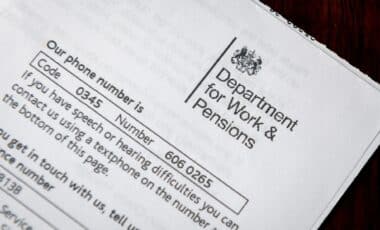The UK’s state pension system is on the brink of financial unsustainability, with new modelling indicating insolvency could arrive as soon as 2036. Despite recent hikes in National Insurance contributions, the system will rely more heavily on the National Insurance investment fund, as tax revenues fall short of welfare payouts.
According to the Adam Smith Institute (ASI), the increased tax burden has only delayed the looming fiscal crisis by a year, highlighting the vulnerability of the state pension system. The think tank’s latest findings underscore the dire need for structural reform to address mounting fiscal pressures.
Increased National Insurance Taxes Offer Little Relief
In its updated fiscal analysis, the ASI examined key factors such as demographic shifts and workforce participation, projecting that the increased National Insurance contributions would only extend the system’s life by a single year.
The pension system’s insolvency threshold has now been pushed from 2035 to 2036, which the ASI describes as a “fiscal crisis moment.”
The tax hikes, which saw employer National Insurance contributions rise to 15 percent in April, were part of Chancellor Rachel Reeves’ £40bn tax package aimed at stabilising the UK’s public finances.
However, the increased taxes have drawn criticism for placing a disproportionate burden on working-age Britons without offering a long-term fiscal solution.
According to Maxwell Marlow, director of public affairs at ASI, “we are taxing workers and firms harder, and suppressing growth, just to keep the state pension alive for one more year.”
Increased National Insurance Taxes Offer Little Relief
The looming insolvency of the state pension system is compounded by significant demographic shifts, with the number of pension recipients increasing substantially in the coming decades. By 2040, an estimated 22.7 million people will be eligible for state benefits, including the pension, supported by just 34 million working-age individuals.
The ASI also highlights the significant intergenerational imbalance within the current system. Data shows that individuals born in 1956 will receive an estimated £291,000 more in benefits than they contributed via National Insurance. This imbalance raises serious concerns about the fairness and sustainability of the system as the population ages.
The think tank has repeatedly called for the government to suspend the state pension’s triple lock mechanism, which guarantees annual increases based on inflation, earnings, or 2.5 percent. Economists argue that the policy is financially “ratcheting” and increasingly unsustainable in an ageing society.









